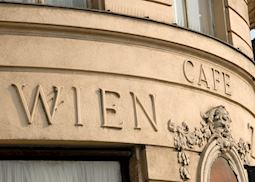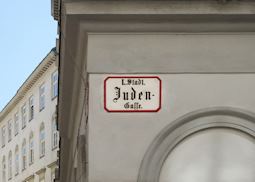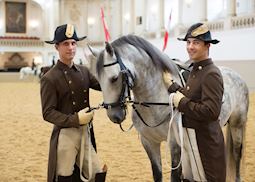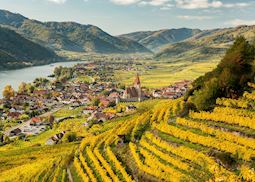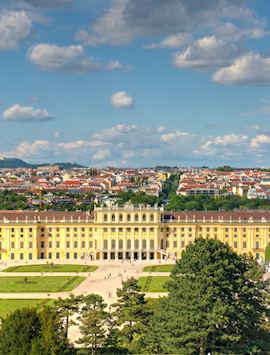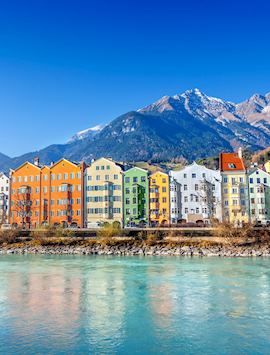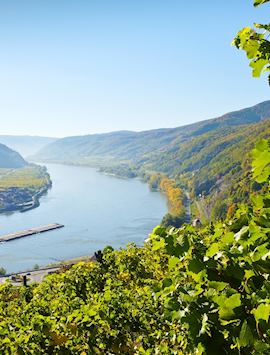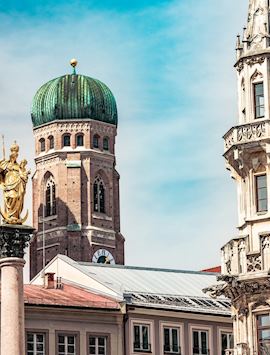Bratislava, Slovakia's capital set on the Danube, is a less popular destination than better-known cities in the region, but this fact also makes it less crowded, so you can spend your day exploring the cobbled streets without feeling rushed.
Your driver will pick you up at your Vienna hotel and connect you with your local Bratislava guide. The city combines the legacy of its Soviet history with the hallmarks of a central European city. Beginning in the Old Town, you’ll find castles, medieval portals and cathedrals existing in tension with the city’s Eastern Bloc past.
The first stop is Bratislava Castle, a massive white rectangular structure with the peaked red roofs and towers typical of the region. Situated on a rocky height between the Carpathians and the Alps, just above a major ford of the Danube, the castle’s strategic position means it has been inhabited for thousands of years. From the grounds, you can see the entire city below, plus Austria on the Danube’s opposite bank and on a clear day, parts of Hungary.
Other stops in the Old Town include Saint Michael’s Gate, the only remaining medieval fortification in the formerly walled city, and Saint Martin’s Cathedral, a stark Gothic structure whose gray stone spire dominates the city skyline.
The Primate’s Palace, with its pale-pink walls and neoclassical columns, is the final stop before lunch. Its Hall of Mirrors glitters in the sunlight with its many arched windows, and was the site of important treaty signings in the 19th century. The building now houses the mayor’s office.
In the afternoon, take a break for lunch on your own, then have time to explore the shops and cafĂ©s of the city before the drive back to Vienna. Look for the quirky statuary on Bratislava’s streets, including Cumil or Man at Work, a hard-hatted worker who peeks out of a manhole with playful eyes.
On the way to your hotel, you’ll stop for a brief visit to Devin Castle, a ruin on the clifftop border between Slovakia and Austria and the site of various fortifications since the Bronze Age. The 1st-century fortress stood in various forms through centuries of strife, until it was finally ruined in 1809 by Napoleon’s retreating forces.
The regime of the Iron Curtain era covered the border site in military troops and barbed wire, but Devin Castle was reclaimed after the Velvet Revolution, and now is undergoing a many-decades-long restoration.
